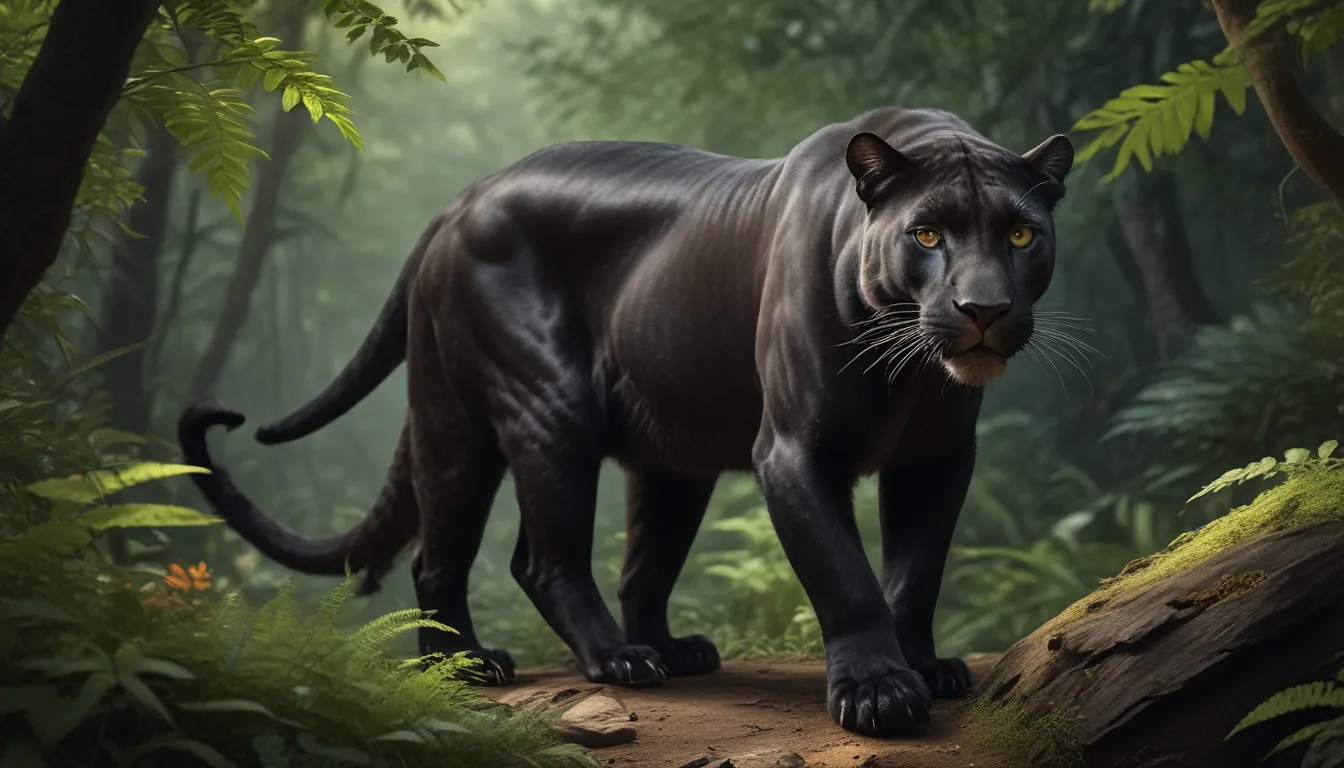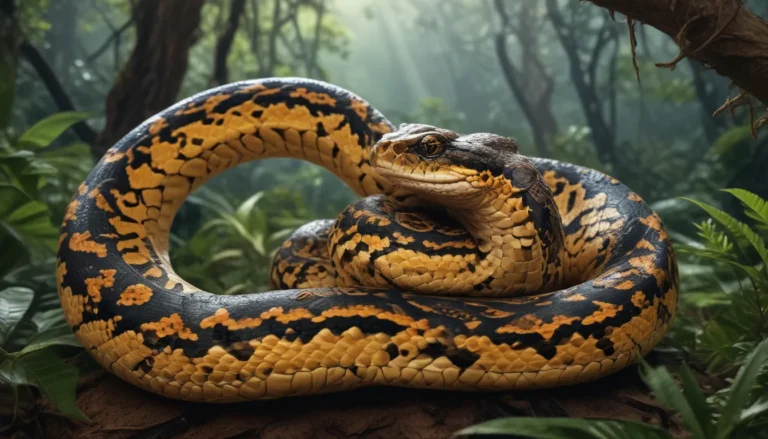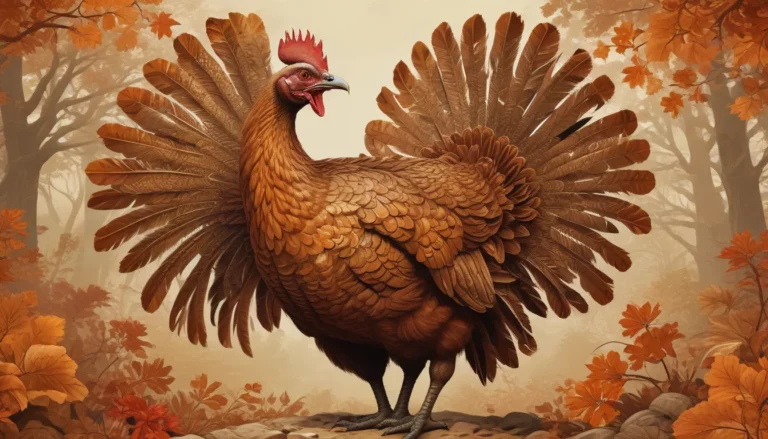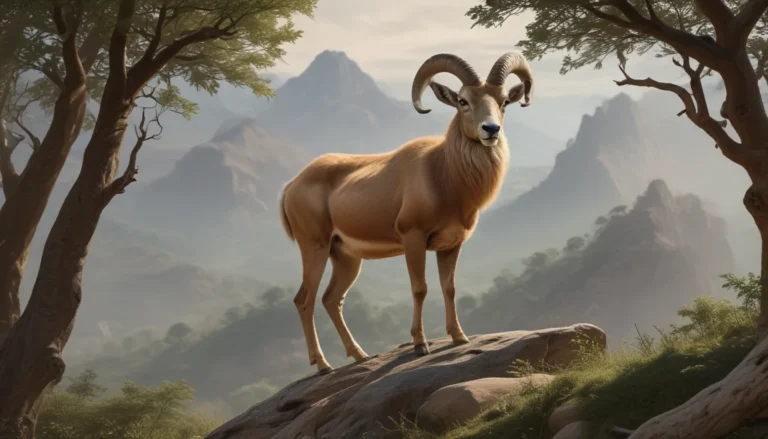The pictures we use in our articles might not show exactly what the words say. We choose these pictures to make you interested in reading more. The pictures work together with the words but don’t take their place. The words still tell you the important facts.
Panthers are among the most mysterious and intriguing creatures in the animal kingdom. With their sleek black coats and elusive nature, they captivate our imagination and spark curiosity about their unique characteristics. Let's delve into the world of panthers and uncover some fascinating facts that will shed light on these enigmatic animals.
Unveiling the True Identity of Panthers: Jaguars or Leopards?
When we talk about panthers, we often think of them as a distinct species of big cat. However, the truth is that panthers are actually melanistic color variants of either jaguars or leopards, depending on their geographic location. In Asia and Africa, a black panther is typically a black leopard, scientifically known as Panthera pardus. On the other hand, in the Americas, it is a black jaguar, identified as Panthera onca. This melanism results from the development of melanin, a dark-colored pigment in the skin, which gives panthers their characteristic black or dark brown fur.
The Genetic Marvel of Panther’s Black Skin
Melanism, the genetic trait responsible for the black skin of panthers, serves as a powerful evolutionary advantage. Dark individuals are better camouflaged in certain environments, increasing their chances of survival and reproduction. In the case of the Panthera onca species, which includes black jaguars, melanism is conferred through a dominant gene. This genetic phenomenon allows for the birth of either black or spotted cubs, highlighting the intricate adaptations of panthers to their natural habitats.
Roaming Three Continents: Panthers’ Diverse Habitats
Panthers, originating from different species of big cats, are found across a wide range of habitats on three different continents. Black leopards thrive in African and Asian environments, inhabiting areas with dense vegetation like African mountain slopes and tropical forests in regions of Asia. In contrast, black jaguars prefer wet lowlands, savannahs, and rainforests, predominantly residing in Central and South America, including the lush Amazon rainforest. While panthers were historically present in North America, sightings in recent times remain unconfirmed, adding to the mystique surrounding these elusive creatures.
The Stealthy Predators: Panther’s Hunting Tactics
Panthers are formidable carnivores known for their stealthy and efficient hunting skills. Preying on small to medium-sized herbivores such as deer, antelope, wild boar, and rabbits, these nocturnal hunters use their dark fur to blend seamlessly into their surroundings. Their exceptional eyesight and sense of smell aid in locating prey, while their agility and speed, reaching up to 35 mph, enable them to catch fast-moving targets. As adept climbers, panthers can ambush prey from trees, showcasing their versatility and adaptability in the wild.
The Solitary Streak: Behaviors of Panthers
Panthers are primarily solitary creatures, preferring to live, hunt, and travel alone, except during the mating season. Female panthers leave scent markings and emit distinctive vocalizations to attract males for mating, with the pair rarely staying together for an extended period. Sexual maturity occurs around 2 years for females and 3-4 years for males, with mating involving fierce competition among males. After a gestation period of 3 months, females give birth to 2-4 cubs, which they raise independently. Cubs learn to hunt at a young age, reflecting the self-reliant nature of panther offspring.
The Endangered Enigma: Rarity of Panthers
Panthers face the threat of extinction due to factors such as habitat loss and hunting for fur, leading to their endangered status. These majestic creatures, known as the ghosts of the forest for their elusive nature, are seldom seen by humans in the wild. With their populations dwindling, the preservation of panthers and their habitats is crucial for the conservation of biodiversity. As symbols of resilience and adaptability, panthers serve as reminders of the delicate balance between humans and the natural world.
Legends and Lore: Mythical Tales of Panthers
In ancient mythology, panthers were revered for their mystical qualities and symbolic significance. From their multi-colored appearances in European folklore to their legendary prowess as hunters and protectors, panthers featured prominently in cultural narratives. Stories of panthers sleeping for three days and emitting alluring scents to attract prey added to their enigmatic allure. These mythical interpretations highlight the enduring fascination and reverence for panthers across different civilizations and traditions.
Panther Persuasions: Sporting Spirits and Mascots
Panthers have also made their mark in the world of sports, becoming iconic symbols in various athletic teams and leagues. From the Pittsburg Panthers to the Carolina Panthers in football, the Florida Panthers in ice hockey, and the Milwaukee Panthers in basketball, these teams embody the strength, agility, and competitive spirit associated with panthers. The use of panthers as mascots underscores their enduring appeal as symbols of power and prowess, inspiring teams to strive for excellence and victory.
From Zoos to Sanctuaries: Captivating Stories of Captive Panthers
In captivity, panthers captivate audiences with their unique characteristics and personalities. From the legendary Cobweb Panther at Glasgow Zoo, with her striking vitiligo condition, to the heartwarming tale of Lola and Diablo, whose love produced rare jaglion cubs, these stories showcase the bond between humans and these magnificent creatures. Whether as educational ambassadors or beloved residents of wildlife sanctuaries, captive panthers continue to enchant and inspire visitors with their beauty and grace.
Unraveling Panther Mysteries: Speculations and Sightings
Despite their rarity and elusiveness, panthers continue to intrigue and mystify us with their cryptic presence. From reports of North American black panthers to sightings of large black cats in unlikely places like Great Britain and Australia, the allure of these phantom felines persists. While scientific evidence may debunk some claims, the mystery and speculation surrounding panthers fuel our imaginations and spark curiosity about the hidden depths of the natural world.
In conclusion, the world of panthers is a tapestry of wonders, mysteries, and marvels waiting to be explored. By unraveling the secrets of these enigmatic creatures, we gain a deeper appreciation for the intricate web of life that surrounds us. As we continue our journey of discovery, may the essence of panthers inspire us to cherish the beauty of the natural world and strive to protect and preserve the diversity of life on Earth. Join us in celebrating the captivating allure of panthers and the timeless enchantment they bring to our planet's wild landscapes.






